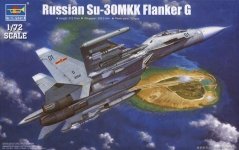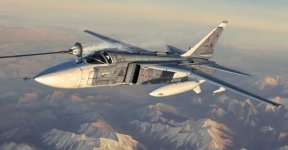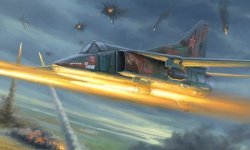Kinetic K48136 F-16E/F Desert Vipers Block 60 1/48
Plastikowy model samolotu do sklejania. Nie zawiera Kleju ani farb.
General-Dynamics F16 Falcon to amerykański, jednosilnikowy, wielozadaniowy lekki myśliwiec i szturmowiec. Prace nad projektem F-16 rozpoczęto w 1971 roku w koncernie General Dynamics (który w 1993 roku wszedł w skład giganta Lockheed Martin), przystępując do konkursu na lekki myśliwiec wielozadaniowy (LWF) dla amerykańskich sił powietrznych. Prototyp YF-16 oblatano 2 lutego 1974 roku. Przełomowym pod względem technicznym rozwiązaniem było zastosowanie w nim komputerowego elektrycznego układu sterowania fly-by-wire, który umożliwiał zmniejszenie powierzchni skrzydeł i usterzenia, a tym samym obniżał masę całego samolotu. F-16 był pierwszym myśliwcem na świecie, na którym zastosowano taki system. Pierwsze wersje w bardzo dużym stopniu były zbudowane ze stopów aluminium (ok.83% całości konstrukcji), jednak z czasem ustępowały one miejsca kompozytom. Różne wersje F-16 są napędzane trzema wersjami silników: Pratt-Whitney F-100-PW-200, General Electric F110-GE100 oraz Pratt-Whitney F-100-PW-2020. "Mózgiem" systemu naprowadzania był radar APG-66, zastąpiony później przez radar APG-68(V). Warto zaznaczyć, iż konstrukcja YF-16 okazałą się na tyle udana, żę zwyciężyła nie tylko w konkursie na LWF w USA (w konkurencji z samolotem Northrop YF-17), lecz wygrała także kontrakt stulecia na myśliwiec wielozadaniowy dla europejskich krajów NATO. Jego rywalami były maszyny Dassault Mirage F.1 i SAAB J-37 Viggen.
The General-Dynamics F16 Falcon is an American, single-engine, multi-role light fighter and attack aircraft. Work on the F-16 project began in 1971 at General Dynamics (which became part of giant Lockheed Martin in 1993), entering a competition for a light multi-role fighter (LWF) for the US Air Force. The YF-16 prototype was flown on February 2, 1974. Its technical breakthrough was the use of a computerized electric fly-by-wire control system, which made it possible to reduce the area of the wings and the tailplane, thus lowering the weight of the entire aircraft. The F-16 was the first fighter jet in the world to use such a system. The first versions were very much built of aluminum alloys (about 83% of the total structure), but over time this gave way to composites. The various versions of the F-16 are powered by three versions of engines: Pratt-Whitney F-100-PW-200, General Electric F110-GE100 and Pratt-Whitney F-100-PW-2020. The "brain" of the guidance system was the APG-66 radar, later replaced by the APG-68(V) radar. It is worth noting that the YF-16 design proved so successful that it not only won the LWF competition in the US (in competition with the Northrop YF-17 aircraft), but also won the contract of the century for a multi-role fighter for European NATO countries. Its rivals were the Dassault Mirage F.1 and SAAB J-37 Viggen aircraft.









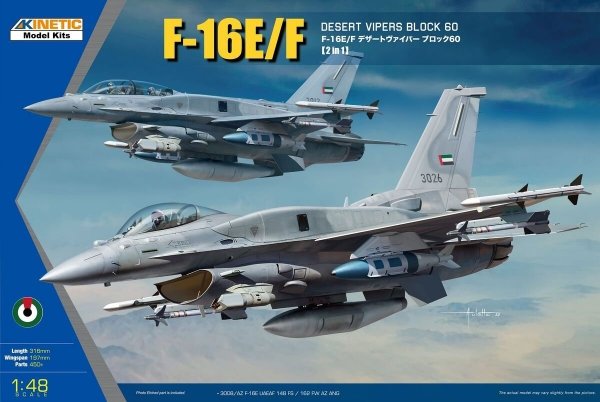
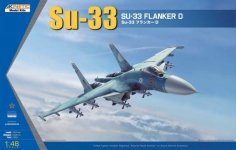
 3 szt.
3 szt.
 4 szt.
4 szt.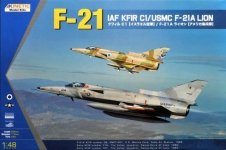
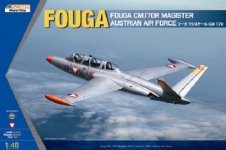
 1 szt.
1 szt.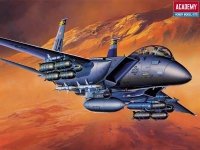
 12 szt.
12 szt.

 2 szt.
2 szt.